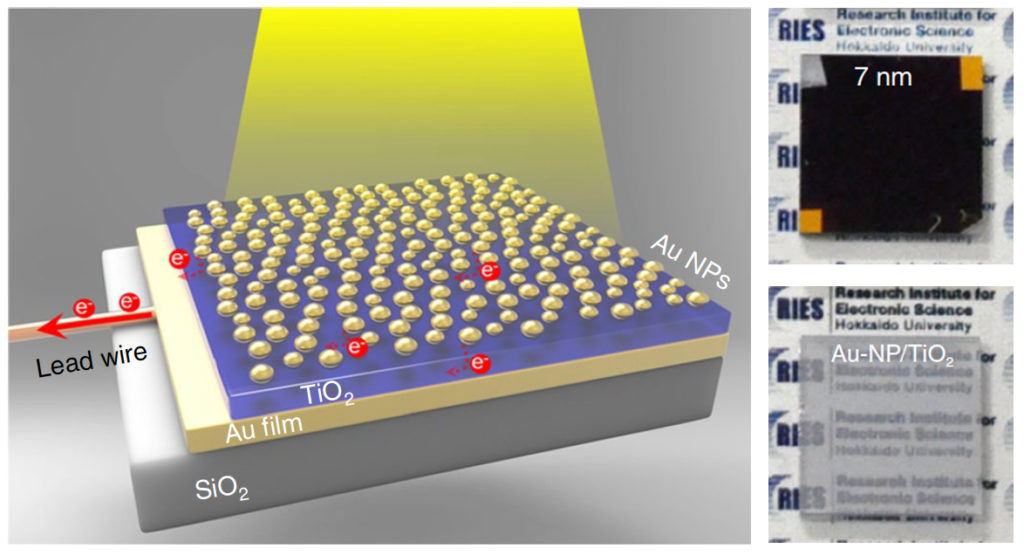Renewable Energy Setting New Records

Non-hydro renewable energy sources (i.e., biofuels, biomass, geothermal, solar, wind) set new U.S. records for both production and consumption in the first half of 2018, according to a SUN DAY Campaign analysis of data just released by the U.S. Energy Information Administration (EIA) (https://bit.ly/2OH87mv).
EIA’s latest “Monthly Energy Review” (with summary statistics for the first six months of 2018) reveals that output by non-hydro renewables increased by 7.04% to 4.530 quads (quadrillion Btu) compared to the first half of 2017 (4.232 quads). Solar energy accounted for the largest percentage increase (25.4%), followed by wind (11.2%), biofuels and biomass (2.4% each), and geothermal (1.0%). As a share of total domestic production from all energy sources, non-hydro renewables accounted for nearly a tenth (9.80%).
Including hydropower, renewable energy sources accounted for 13.05% of domestic energy production and 11.76% of consumption. Hydropower’s output actually dropped by 7.0% during the first six months of 2018 compare to the same period in 2017. Consequently, energy production by renewable sources including hydropower grew by only 3.17% compared to the previous year while consumption increased by just 2.54%.
Notwithstanding its decreased generation, hydropower still maintained its role as the leading renewable source accounting for 24.85% of renewable energy production, followed closely by wind (23.37%), which has now moved ahead of biomass (22.73%) and biofuels (19.44%); solar and geothermal provided 7.86% and 1.76% respectively.
The increased output and consumption of renewable energy, however, was less than that of fossil fuels (i.e., coal, gas, oil) whose production grew 8.80% and use by 4.76% during the first half of 2018. In addition, electrical generation by the nation’s nuclear reactors increased by 4.05%. As a consequence, renewable energy’s share of total domestic energy production actually declined from 13.61% in the first half of 2017 to 13.05% in 2018; renewables’ share of energy consumption also dropped from 11.97% to 11.76%.
The expanded production and use of fossil fuels, which accounted for 77.83% of domestic production in the first half of 2018, have resulted in an increase of 3.28% in U.S. carbon dioxide (CO2) emissions from energy consumption. While CO2 emissions from coal dropped 4.79%, that decline was more than offset by an increase of 12.67% in CO2 emissions from natural gas well as higher emissions from oil and biomass (1.91% and 1.76% respectively). Oil remains the primary source of energy-related CO2 emissions (42.40%), followed by natural gas (29.84%), coal (21.51%), and biomass (6.24%).
About SUN DAY Campaign
The SUN DAY Campaign is a non-profit
research and educational organization
founded in 1992 to aggressively promote
sustainable energy technologies as
cost-effective alternatives to nuclear power
and fossil fuels.
from: https://www.ases.org/renewable-energy-setting-new-records/





